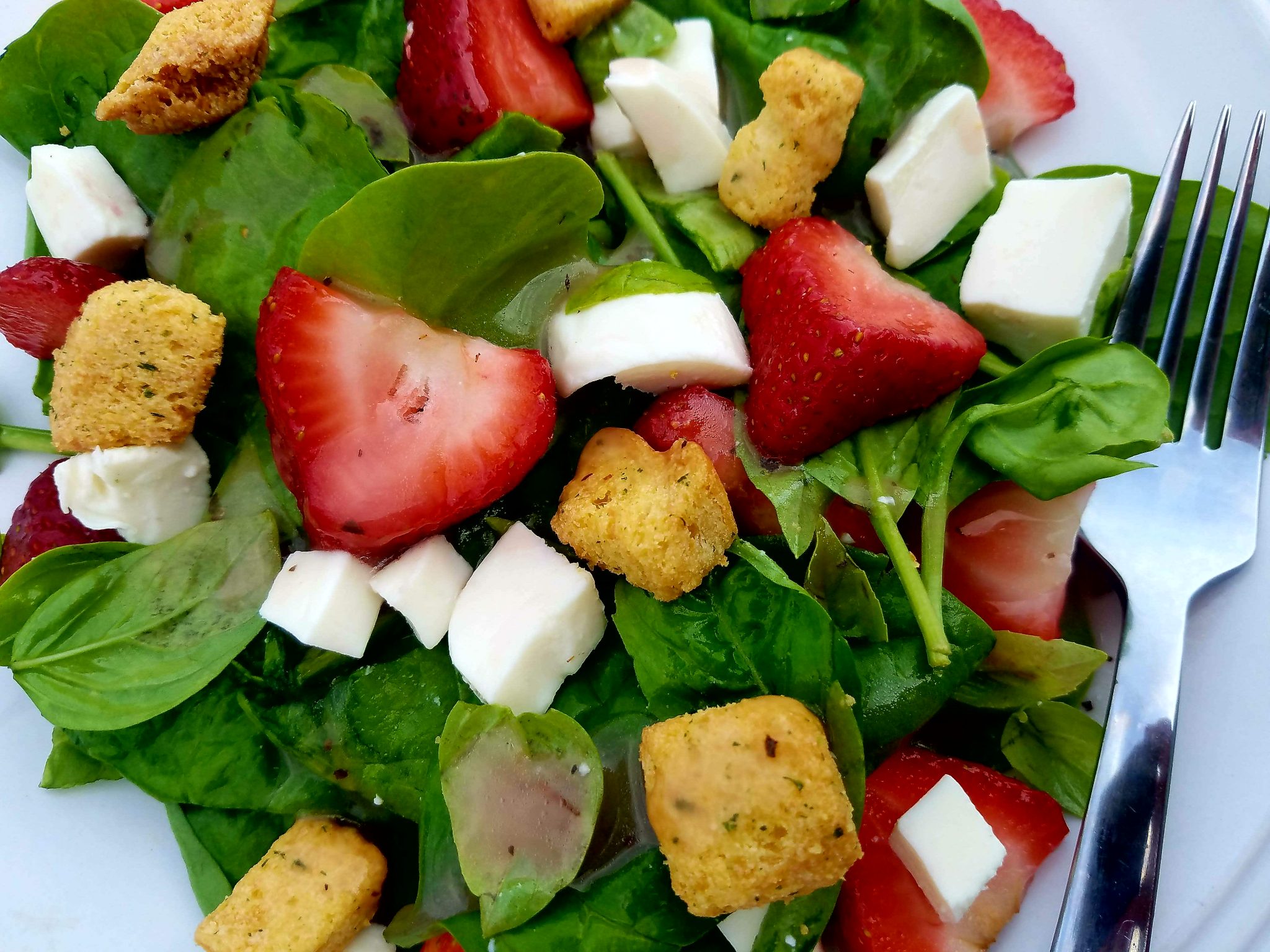Blue packets, pink packets, yellow, white, and brown… what is the best sweetener and why?
In 1879, a German student accidentally discovered a sweet chemical while working in a laboratory in Johns Hopkins University. This was the discovery of the first artificial sweetener which came to be known as saccharin.
Over the years, other artificial sweeteners began to enter the marketplace. In 1965, it was aspartame (another accidental laboratory discovery)… and then neotame, acesulfame potassium, and sucralose,
As the public began to demand more “natural” foods, attention was drawn to natural sweeteners such as stevia (and its derivatives rebiana and rebaudioside A) and most recently “Monk Fruit in the Raw.”
These sweeteners are low in calories because 1) they are not well absorbed by the body and/or 2) they are 200-600 times sweeter than sugar and can be used in miniscule amounts to sweeten foods.
Super sweet taste without the calories of sugar? Is this too good to be true?
Why yes, it is….. read on to learn more.
According to a Centers for Disease Control report, “from 1999‒2000 through 2009‒2010, the percentage [of Americans] consuming [artificially sweetened] diet drinks increased from 17.8% to 21.2% for females, and from 13.9% to 19.0% for males.”
During this same time, the percentage of Americans classified as overweight according to Body Mass Index has increased from 65% (2000) to 67.4% (2010).
In other words, as our consumption of artificial sweeteners has increased, so have our waistlines.
The report continues, “it is unclear if long-term consumption [of artificial sweeteners] leads to weight loss, weight maintenance, or even weight gain.”
What?!
How can that be? A bottle of soda contains over 200 calories and a diet soda contains practically none. Shouldn’t artificial sweeteners help us lose weight because they are lower in calories?
In 2010, neuroscientist Qing Yang published an interesting article in the Yale Journal of Biology and Medicine that may shed some light on this subject. His article “Gain weight by ‘going diet?’ Artificial sweeteners and the neurobiology of sugar cravings” summarized what fifty human and animal research studies have concluded about artificial sweeteners.
Some of the findings are surprising:
Key point #1. Diet soda drinkers tend to have higher Body Mass Indices than non-diet soda drinkers.
Key point #2. Dietary interventions that substitute regular soda with diet soda do not generally result in weight loss.
In one study, knowingly consuming an artificial sweetener actually resulted in a higher daily calorie intake.
Key point #3. Sweetness decoupled from calorie content may offer partial, not complete activation of food reward pathways in the brain.
When we consume sugar, the calories may fully activiate the food reward pathways in the brain. Artifical sweeteners provide the sweet taste without the calories. This may only partially satisfy the food reward pathways and increase food seeking behavior.
Key point #4. Artificial sweeteners may encourage a preference for sweet flavors. Repeated exposure trains flavor preference.
In my opinion, this is the biggest factor. When we consume sweet foods all day long, we crave sweet foods all day long. Repeated exposure trains our preference. Consumption of artificial sweeteners may cause us to crave other sweets such as cookies, cake, and ice cream that negate any of the calorie savings.
So what is the best sweetener?
The best sweetener is one that isn’t really sweet at all. We can acclimate our taste buds by consuming less. Choose water, unsweetened tea, or coffee. Or at least use sweeteners very sparingly, if at all. Try to limit sweets to 100-200 calories per day. Better yet, enjoy dessert a few times per week instead of every day. Over time, your taste buds will start to enjoy sweetness the way that nature designed it—the mild sweetness of young baby vegetables or ripe fruit.
Yang’s article summarizes it best by stating “Unsweetening the world’s diet may be the key to reversing the obesity epidemic”.

